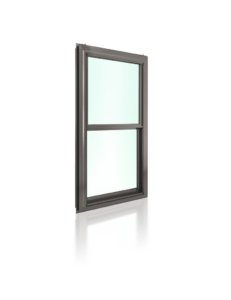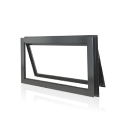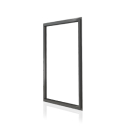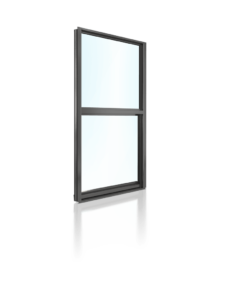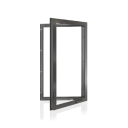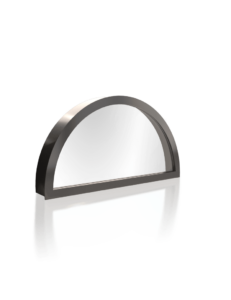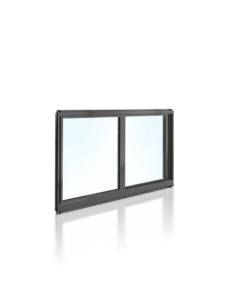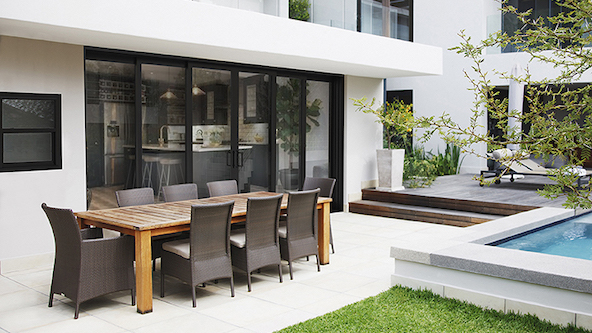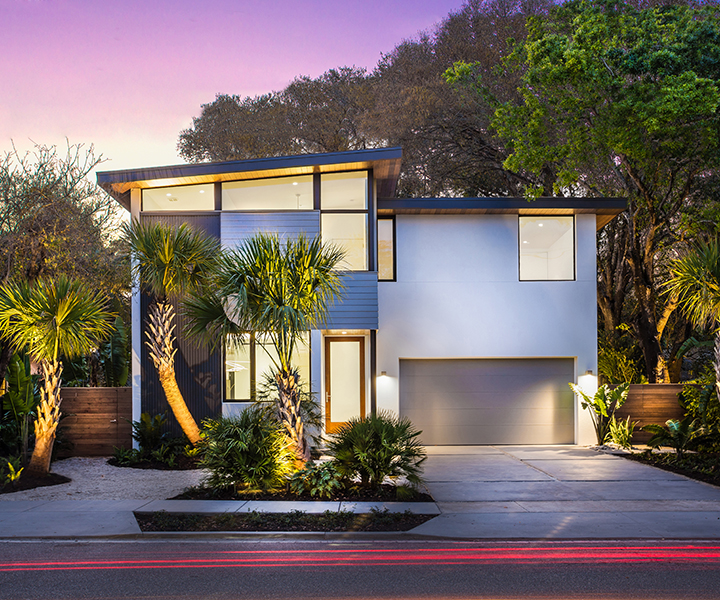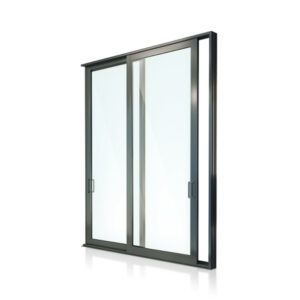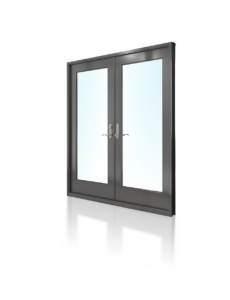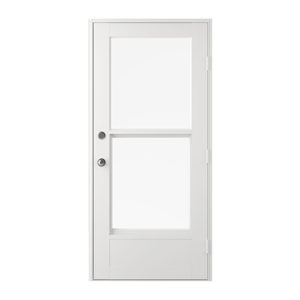- PGT
- /
- PGT for Business
PGT for Business
There is a lot to consider when building a commercial development. Occupants are looking for functionality, beauty, and safety. Developers need complete product lines, strength, and the peace of mind that their windows and doors will be delivered accurately and on time. At PGT®, we build with all of those considerations in mind.
Get Started
In addition to guarding residences and businesses against wind-borne debris, our products help protect from break-ins, UV damage, and noise, all with great designs. All of our products offer continuous overall protection and meet or exceed AAMA and Miami-Dade requirements, passing the most rigorous wind and impact tests in the industry. In fact, our products lead the industry in Miami-Dade Notice of Acceptances. We’re ready to help you with orders of all sizes and specifications. From the most niche projects to the most routine, we provide exceptional products and great service.

Codes + Standards
Depending on the project, various codes must be taken into consideration when replacing windows and doors. Below are common codes encountered during projects; however, check with your contractor, architect, or engineer for specific requirements.
40 Year Rule
The 40 Year Recertification Ordinance was initially enacted by the Miami-Dade County Commission in the mid-1970’s. In 2001, the area’s building laws were modified and the Florida Building Code was adopted, though the requirement was maintained that buildings in Miami-Dade County after 40 years (and every 10 years thereafter) must be recertified by a registered Florida Engineer or Architect for structural and electrical safety. This Ordinance is applicable for all unincorporated Miami-Dade County and the incorporated Cities within the County. Single family homes, duplexes, and minor structures are exempt from this ordinance. Broward County and Palm Beach Counties have followed Miami-Dade’s lead and have adopted similar Recertification Programs of their own.
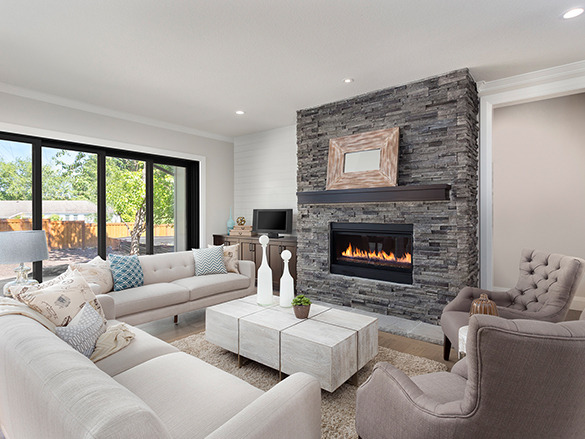
How Does the 40 Year Recertification Process Work?
When a qualifying building reaches its 40th year, the County or City in which the building is located mails out a “Notice of Required Inspection” to the Property Owner.
- From the date of this notice, the property Owner typically has 90 days during which to complete the required inspection.
- If no improvements are required, the building will be structurally and electrically recertified for ten (10) years.
- If improvements are required, the Property Owner will most often be given a “Reasonable Amount of Time,” usually 120 – 150 calendar days, to complete the required improvements and have the building re-inspected.
- The inspecting engineer or architect will then recertify the building upon inspection of the completed improvements (recertification is for 10 years).

Egress Requirements
Emergency escape and rescue openings shall have a minimum net clear opening of 5.7 square feet (0.53m2).
EXCEPTION: The minimum net clear opening for emergency escape and rescue grade-floor openings shall be 5 square feet (0.46m2).
Fall Protection Requirements
Windows in Group R-2 and R-3 buildings including dwelling units. where the top of the sill of an operable window opening is located less than 36 inches above the finished floor and more than 72 Inches (1829 mm) above the finished grade or other surface below on the exterior of the building, shall comply with one of the following:
- Operable windows where the top of the sill of the opening is located more than 75 feet (22 860 mm) above the finished grade or other surface below and that are provided with window fall prevention devices that comply with ASTM F2006.
- Operable windows where the openings will not allow a 4-inch-diameter (102 mm) sphere to pass through the opening when the window is in its largest opened position.
- Operable Windows where the openings are provided with window fall prevention devices that comply with ASTM F2090.
- Operable windows that are provided with window opening control devices that comply With Section 1015.8.1.
Missile Protection Requirements
Glazed openings in buildings located in wind-borne debris regions shall have glazed openings that are protected from wind-borne debris. Glazed opening protection for wind-borne debris shall meet the requirements of ASTM E 1886 and ASTM E 1996, ANSI/DASMA 115 (for garage doors and rolling doors), TAS 201, 202, and 203, or AAMA 506.
- Glazed openings located within 30 feet (9,144mm) of grade shall meet the requirements of the Large Missile Test.
- Glazed opening located more than 30 feet (9,144mm) above grade shall meet the provisions of the Small Missile Test.
EXCEPTION (ONLY APPLIES FOR INSTALLATIONS OUTSIDE OF THE HVHZ):
Glazing in Occupancy Category II, III, or IV buildings located over 60 feet above the ground or over 30 feet above aggregate surface roofs located within 1,500 feet of the building shall be permitted to be unprotected.
Turtle Code
Many counties and cities along Florida’s coast have adopted sea turtle lighting ordinances that restrict the amount of light permitted through windows and doors. The artificial lighting of coastal construction is known to confuse the hatchlings who are guided to the water by the light of the moon. If you live near the coast, consult your dealer to determine the best glass option for your windows and doors.
Wind-Borne Debris Region
Living near the coast has benefits; however, if your building is located in a wind-borne debris region, replacement windows and doors must meet the Florida Building Code for glazed opening protection. Florida communities—either coastal or inland—that are located in areas within one mile of the coastal mean high water line (where the wind speed is 130 mph or greater) or any location where the wind speed is 140 mph or greater are designated as wind-borne debris regions by the Florida Building Code.
If a structure resides in any of these areas, it is required by Florida Building Code to have some means of opening protection (for example, impact-resistant windows or doors or shutters that have received a Florida Product Approval). For structures located in Miami-Dade or Broward counties, opening protection must meet additional requirements in order to receive a Miami-Dade Notice of Acceptance (NOA). The Miami-Dade testing protocol and review process is the most stringent in the nation, and obtaining a Miami-Dade NOA is considered the highest standard for impact-resistant products.
Download a map of Florida Wind-Borne Debris Regions here.


